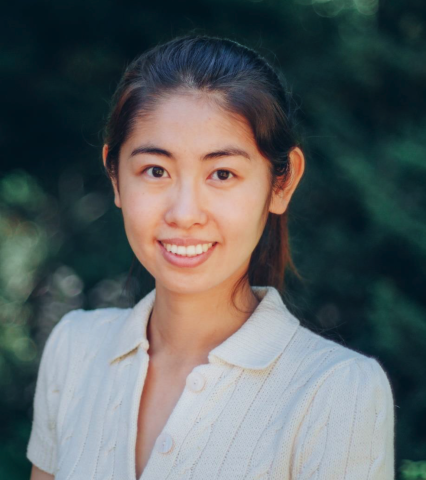event
New Time: BME Speaker Seminar with Yang Zhao, Ph.D.*
Primary tabs
** Faculty Candidate **
Yang Zhao,Ph.D.*
Postdoctoral Fellow
Department of Materials Science and Engineering
Stanford University
‘Handy’ Nanophotonic Tools: Probing Molecular Chirality with Metamaterials and Optical Forces
ABSTRACT
Chiral structures, which are non-superimposable with their mirror images, abound in nature at every size scale and have distinct functions that emerge from their structure. Chirality is fundamental to many biological systems, impacting processes as diverse as pharmaceutical-cell interactions to the evolution of many species. The measurements of molecular chirality are especially important in synthesizing chiral compounds, studying enzymatic interactions, and understanding protein folding/unfolding and DNA hybridization. To date, molecular chirality is routinely determined by ensemble techniques such as circular dichroism spectroscopy. However, the conventional spectroscopy measurements typically in the UV range and require large amounts of analytes with a relatively long integration time. These drawbacks hinder studies such as analyzing UV-sensitive biomolecules and fast dynamics of molecular interactions. Further, the ensemble measurements result in averaging out the important information at the single molecular level.
In this talk, I will discuss how light can be sculpted to enhance chiral light-matter interactions through engineered nanostructures. With these nanostructures, we built metamaterial biosensors and optical force nanoscopes as new nanophotonic sensing and imaging tools to detect and visualize molecular chirality with high sensitivity and resolution. Specifically, I will talk about a multilayer twisted metamaterial sensor for detecting down to zeptomoles of proteins in the visible spectral range on the millisecond timescale. Further, I will explain how optical forces can be used to probe chirality of photons and DNAs in nanometer spatial resolution and piconewton force sensitivity by combining a plasmonic tweezer with a nanostructured atomic force microscope tip.
Host: Cheng Zhu, Ph.D.
Status
- Workflow Status:Published
- Created By:Walter Rich
- Created:01/04/2018
- Modified By:Walter Rich
- Modified:01/18/2018
Categories
Keywords
Target Audience

